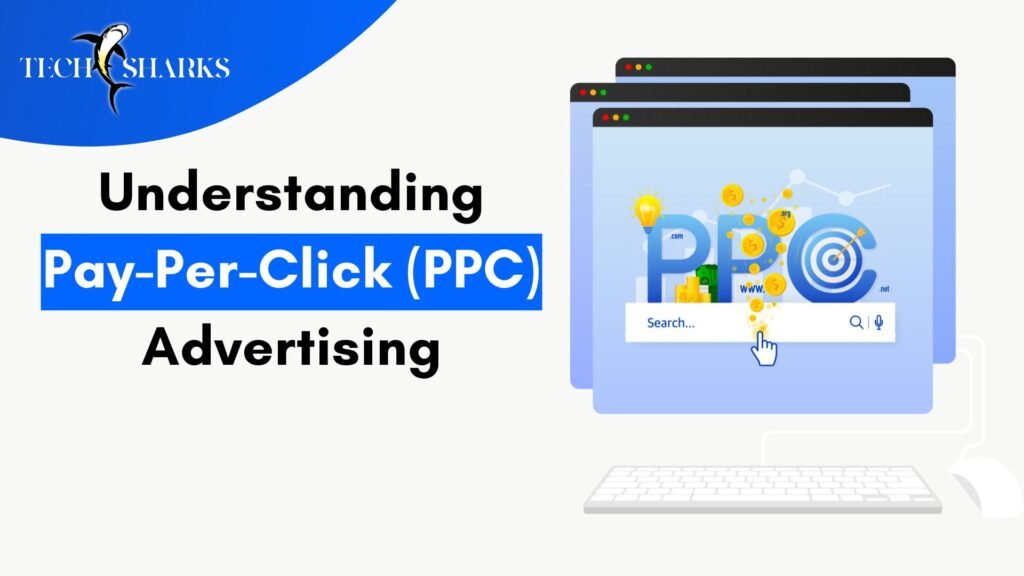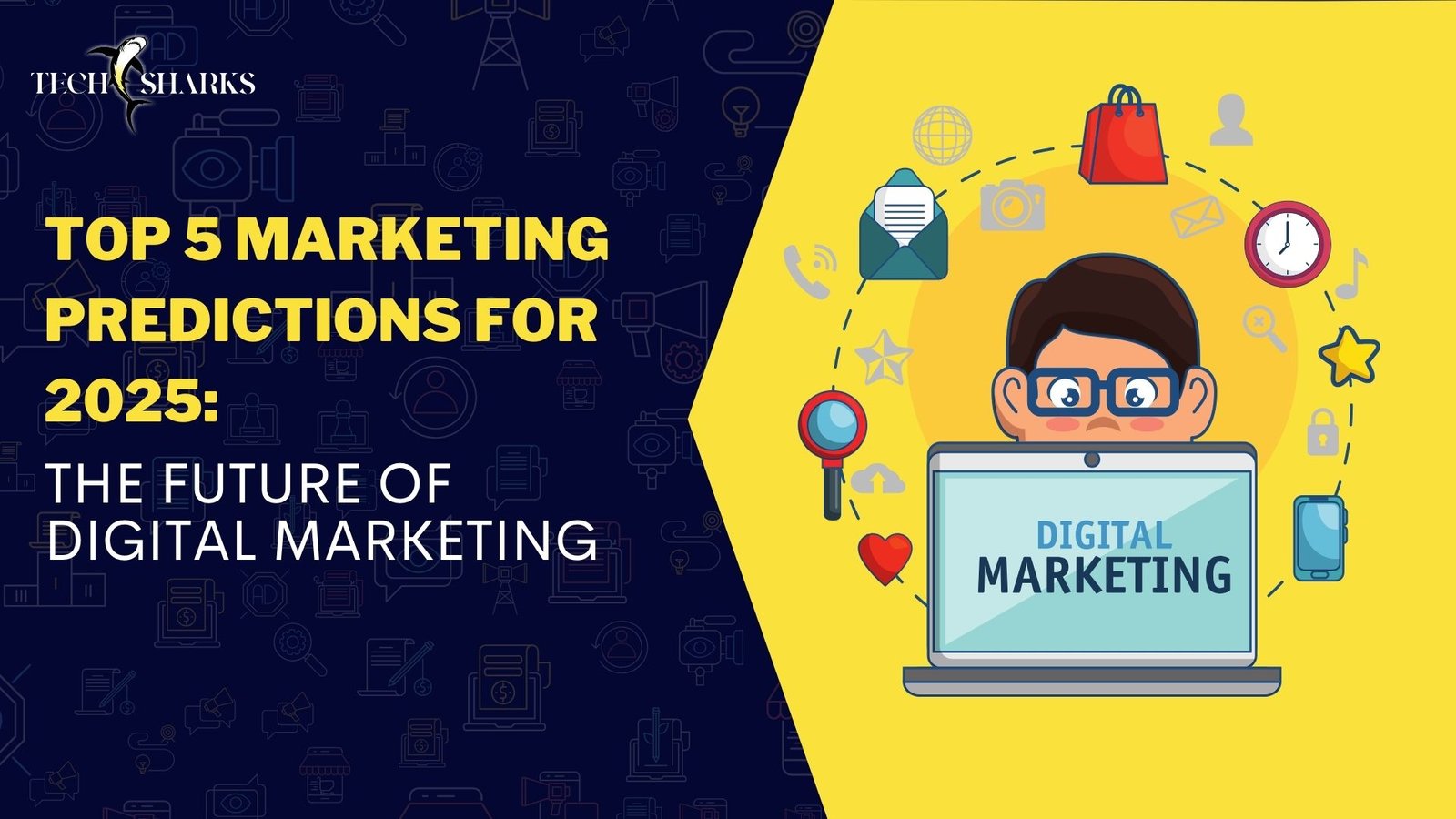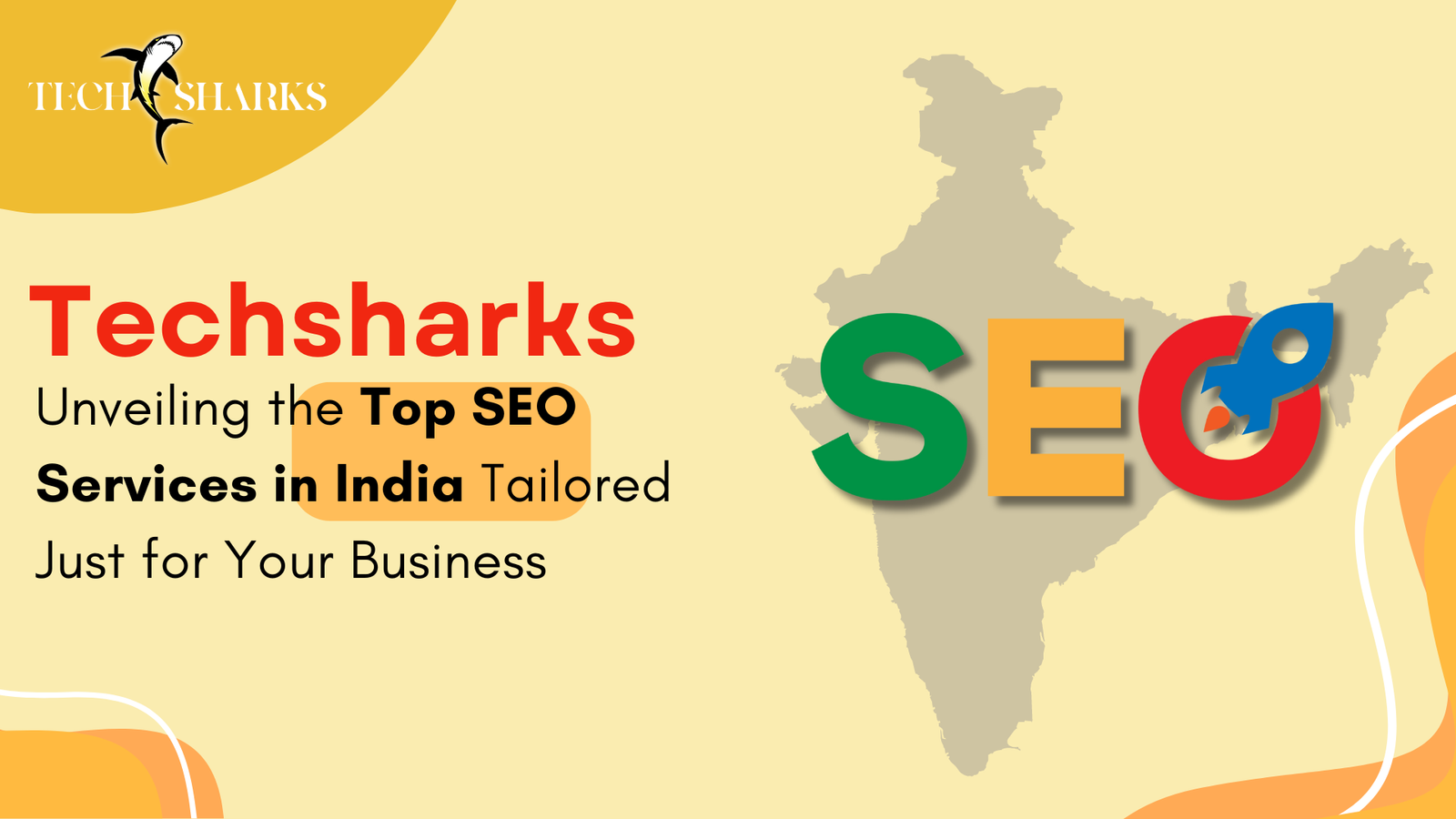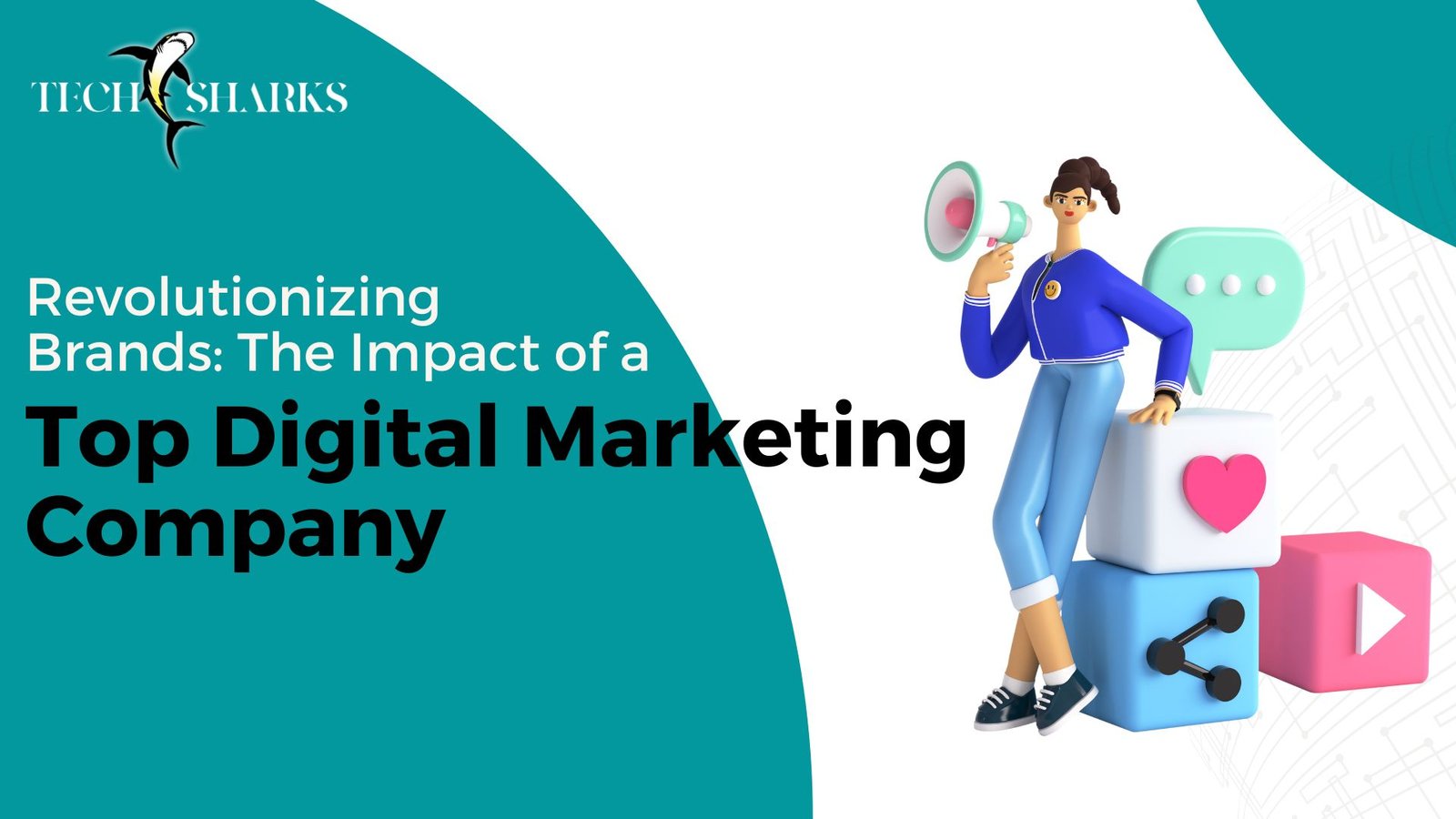In the digital marketing landscape, Pay-Per-Click (PPC) advertising stands out as a powerful tool for businesses to reach their target audience, drive traffic to their websites, and generate leads or sales. Techsharks, we understand the significance of PPC advertising in maximizing return on investment (ROI) and achieving marketing objectives. Let’s delve into the world of PPC advertising, focusing on platforms like Google Ads, Bing Ads, and social media ads, while providing valuable insights on keyword bidding, ad copy strategies, and budget management.
Understanding Pay-Per-Click (PPC) Advertising

PPC advertising is a model in which advertisers pay a fee each time their ad is clicked. It’s an efficient way to buy visits to your website rather than relying solely on organic traffic. The most popular PPC platform is Google Ads, followed by Bing Ads (Microsoft Advertising), and various social media platforms like Facebook, Instagram, LinkedIn, and Twitter.
Maximizing ROI on Google Ads
Google Ads is a dominant force in the PPC advertising landscape, offering a wide range of targeting options, ad formats, and bidding strategies. Here are key strategies to maximize ROI on Google Ads:
- Keyword Research: Conduct thorough keyword research to identify high-volume and relevant keywords for your business. Use tools like Google Keyword Planner, SEMrush, or Ahrefs to discover keywords with optimal search volume and competition levels.
- Targeting: Utilize Google Ads’ targeting options such as location targeting, device targeting, language targeting, and audience targeting (demographics, interests, behavior) to reach your ideal audience segments effectively.
- Ad Extensions: Take advantage of ad extensions like sitelink extensions, callout extensions, call extensions, and structured snippet extensions to enhance your ad’s visibility, provide additional information, and encourage clicks.
- Ad Copy Optimization: Craft compelling ad copy that is relevant to your keywords, highlights unique selling points, includes a clear call-to-action (CTA), and aligns with the user’s search intent. A/B test different ad variations to identify top-performing copies.
- Quality Score Management: Monitor and improve your Quality Score by focusing on ad relevance, expected click-through rate (CTR), and landing page experience. A higher Quality Score can lead to lower costs per click (CPC) and better ad placements.
- Bidding Strategies: Choose the appropriate bidding strategy based on your campaign goals and budget. Options include manual CPC bidding, automated bidding (e.g., target CPA, target ROAS), and enhanced CPC bidding to optimize for conversions or maximize clicks.
- Conversion Tracking: Implement conversion tracking using Google Analytics or Google Ads’ conversion tracking tools to measure the effectiveness of your campaigns, track conversions (e.g., form submissions, purchases), and optimize for better ROI.
Expanding to Bing Ads and Social Media Ads
While Google Ads is a dominant player, expanding your PPC efforts to Bing Ads (Microsoft Advertising) and social media platforms can diversify your reach and target different audience segments. Here’s how to maximize ROI on these platforms:
- Bing Ads Optimization: Apply similar strategies from Google Ads to Bing Ads, including keyword research, ad copy optimization, targeting options, ad extensions, and bidding strategies. Bing Ads often have lower competition and CPC rates, making it a cost-effective alternative.
- Social Media Ads: Leverage social media platforms like Facebook, Instagram, LinkedIn, and Twitter for PPC advertising. Each platform offers unique targeting options (e.g., demographics, interests, behaviors), ad formats (e.g., carousel ads, video ads, lead ads), and campaign objectives (e.g., awareness, engagement, conversions).
- Audience Segmentation: Segment your audience based on demographics, interests, behaviors, and engagement levels to deliver targeted ads and personalized messages that resonate with different customer segments.
- Creative Ad Formats: Experiment with creative ad formats, visuals, videos, and storytelling techniques to capture audience attention and drive engagement on social media platforms.
- Budget Allocation: Allocate your PPC budget strategically across Google Ads, Bing Ads, and social media platforms based on campaign performance, audience reach, and campaign objectives. Monitor budget spend, ROI, and cost per acquisition (CPA) to optimize budget allocation for maximum ROI.
Tips for Effective PPC Advertising
- Continuous Monitoring: Regularly monitor your PPC campaigns, analyze performance metrics (CTR, CPC, conversion rate, ROI), and make data-driven optimizations to improve campaign effectiveness and ROI.
- Ad Testing: Continuously test ad variations (headline, description, CTA, visuals) to identify high-performing ads, improve CTR, and drive more conversions. A/B testing is essential for refining your PPC strategies.
- Landing Page Optimization: Ensure your landing pages are optimized for conversions, align with ad messaging, have clear CTAs, fast loading times, and provide a seamless user experience across devices.
- Negative Keywords: Use negative keywords to filter out irrelevant search queries and improve ad targeting, reducing wasted ad spend and improving campaign ROI.
- Remarketing: Implement remarketing campaigns to re-engage with past website visitors, abandoned cart users, or leads, nudging them towards conversions and increasing ROI.
- Competitor Analysis: Conduct competitor analysis to understand industry benchmarks, competitor strategies, keyword opportunities, and potential gaps in the market to gain a competitive advantage in PPC advertising.
By harnessing the potential of PPC advertising, businesses can reach their target audience with precision, drive quality traffic to their websites, increase brand visibility, and ultimately, boost conversions and revenue. With the right strategies and a data-driven approach, PPC advertising can be a game-changer for businesses looking to thrive in the competitive digital landscape.
In essence, PPC advertising with Techsharks is not just about driving clicks—it’s about driving meaningful results that contribute to your business growth and success. Partner with us to unlock the full potential of PPC advertising and take your digital marketing efforts to new heights.
FAQs
1. What is PPC advertising, and how does it work?
PPC advertising, or pay-per-click advertising, is a digital marketing model where advertisers pay a fee each time their ad is clicked. It’s a way to buy visits to your site rather than earning them organically.
2. What platforms can I use for PPC advertising?
You can use platforms like Google Ads, Bing Ads (Microsoft Advertising), and various social media platforms for PPC advertising.
3. How can PPC advertising help maximize ROI on Google Ads and beyond?
PPC advertising allows you to target specific audiences, control ad spend, measure campaign performance, and optimize strategies for maximum ROI on platforms like Google Ads and others.
4. What are some key strategies for effective PPC advertising?
Key strategies include keyword research, ad copy optimization, targeting options, ad extensions, bidding strategies, conversion tracking, and continuous performance monitoring.
5. What is Quality Score, and why is it important in PPC advertising?
Quality Score is a metric used by platforms like Google Ads to measure the relevance and quality of your ads, keywords, and landing pages. A higher Quality Score can lead to lower costs and better ad placements.




